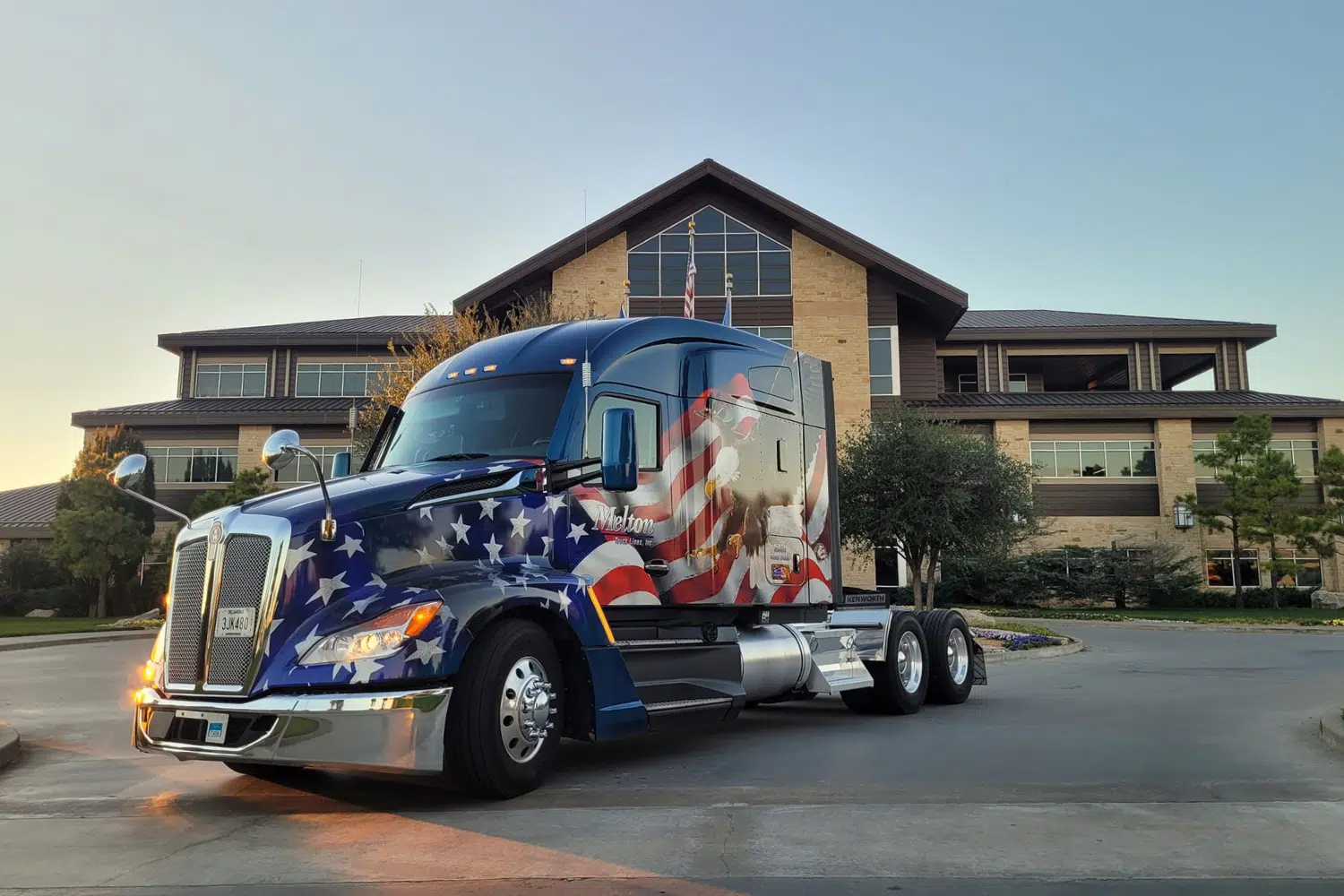
Truck Parking Challenges: Tips on Overcoming Common Problems
As the trucking industry continues to grow, truck parking has become a particularly hot topic. In the current climate, it’s a major factor that can impact efficiency, safety, and overall productivity for drivers. Limited parking is a problem that every truck driver knows all too well. In this blog, we’ll explore some common questions drivers may have about parking, and some tips about how to work around these issues.
How Bad is the Truck Parking Shortage?

The parking shortage for truck drivers has grown to be significant. In 2024, the American Trucking Association stated that drivers spend an average of 56 minutes every day just looking for parking. This adds up to lost productivity and sometimes reduces the amount of rest drivers get between hauls. Shortages are especially noticeable on high-traffic highways, near ports, and throughout major freight corridors.
As a result, many drivers end up parking in undesignated spots, which inevitably raises the risks of theft, fines, and possible accidents.
What’s Making the Parking Shortage Worse?
Several factors contribute to the ongoing truck parking shortage:
Increased Freight Demand: The demand for goods has risen significantly, especially with the growth of e-commerce, putting more trucks on the road. Since the 1920s, the trucking industry has added around 35 million more trucks onto the road for commercial use.
Parking Infrastructure: While there’s been a push to build more spaces, the growth rate of available parking falls far behind the increase in trucks on the road. Most existing infrastructure was not designed to support the modern fleet size.
Zoning Laws: Zoning laws often limit where trucks can park. In many areas, there are restrictions on large commercial vehicles parking overnight or over a certain timeframe, which further reduces available options.
Safety Regulations: Federal guidelines, such as the Hours-of-Service regulations, have required drivers to adhere to strict rest/reset schedules, meaning drivers often need parking at specific times. Unfortunately, the current infrastructure does not always support this, especially if a driver is in an underdeveloped area.
What Does This Mean for Truck Drivers?
The lack of parking options affects drivers in numerous ways:
Safety Risks: When drivers can’t find designated parking, they may resort to unsafe locations, increasing their risk of theft or accidents.
Mental and Physical Strain: Searching for parking can be frustrating and physically draining. Drivers who can’t find parking may not get adequate rest, leading to fatigue.
Loss of Income: Time spent searching for parking reduces driving time, which can impact drivers’ pay.
Legal Ramifications: Parking in restricted or unauthorized areas may lead to fines.
What Are Some Safe/Unsafe Parking Options?
When it comes to finding safe and unsafe parking options, here are some locations to be on the lookout for:
Safe Parking Suggestions:
Rest Areas and Truck Stops: These are typically well-lit, designed for truck parking, and may offer amenities.
Weigh Stations (When Open for Overnight Parking): Some weigh stations allow overnight parking. Always confirm first, as rules vary by state.
Designated Truck Parking Lots: Several companies and third-party providers offer reserved truck parking, often with 24/7 surveillance in a gated/fenced lot.
Unsafe Parking Locations:
Road Shoulders / Highway Ramps: Parking on the shoulder is dangerous and often illegal, as it increases the risk of accidents from passing vehicles.
Retail / Store Parking Lots: Although convenient, these places often lack security and adequate lighting, increasing theft and accident risks.
Industrial or Construction Zones: Unauthorized parking in these zones can lead to fines and safety hazards, as these areas aren’t designed for safe parking.
What is Being Done to Address the Parking Shortage?
In recent years, various efforts have been made to address parking challenges, here’s a short list of some major movements we’ve seen over the years:
The INFRA Grant Program: This program aims to award competitive grants for highway projects that improve the safety, efficiency, and reliability of freight and people movement across the United States. Since 2022, this program has enabled multiple states to build upwards of 2,000 additional parking spaces/lots.
Jason’s Law: Enacted in 2012, Jason’s Law aimed to improve safe truck parking. It directed the Federal Motor Carrier Safety Administration to assess and address the shortage of truck parking. As a result, additional funding has been allocated to improve parking infrastructure across all states.
Technology-Based Solutions: Apps and programs are emerging that are dedicated to helping drivers find available parking spaces based on GPS location. These tools are promoted by both private companies and state governments to streamline the search for available parking.

What Steps Can Drivers Take?
To avoid unnecessary stress and higher risks, drivers can use the following strategies to secure safe parking:
Plan Ahead: Research parking options along the route before starting a haul, potentially as part of your daily routine.
Use Parking Apps: Several apps (Truck Parking Club, Trucker Path, ParkMyRig, and Truck Park for example) provide real-time information on parking availability. They also allow drivers to reserve spots or check availability in advance.
Consider Paid Parking: While some parking spots charge a fee, the cost can be worthwhile for the added security and guaranteed space. This may be especially helpful for drivers who run a consistent route and need to reserve a regular space.
Network with Other Drivers: Connecting with drivers in your own company, or online, to share tips and recommendations for parking on the road, or even near home.
Ultimately, parking shortages are a significant challenge for drivers all throughout the industry. Until infrastructure developments catch up, the best option for drivers is to plan ahead, utilize available resources, and stay informed about areas you frequently travel through. Overcoming the parking challenge is essential not only for driver safety, but also for the efficiency of the supply chain as a whole.
